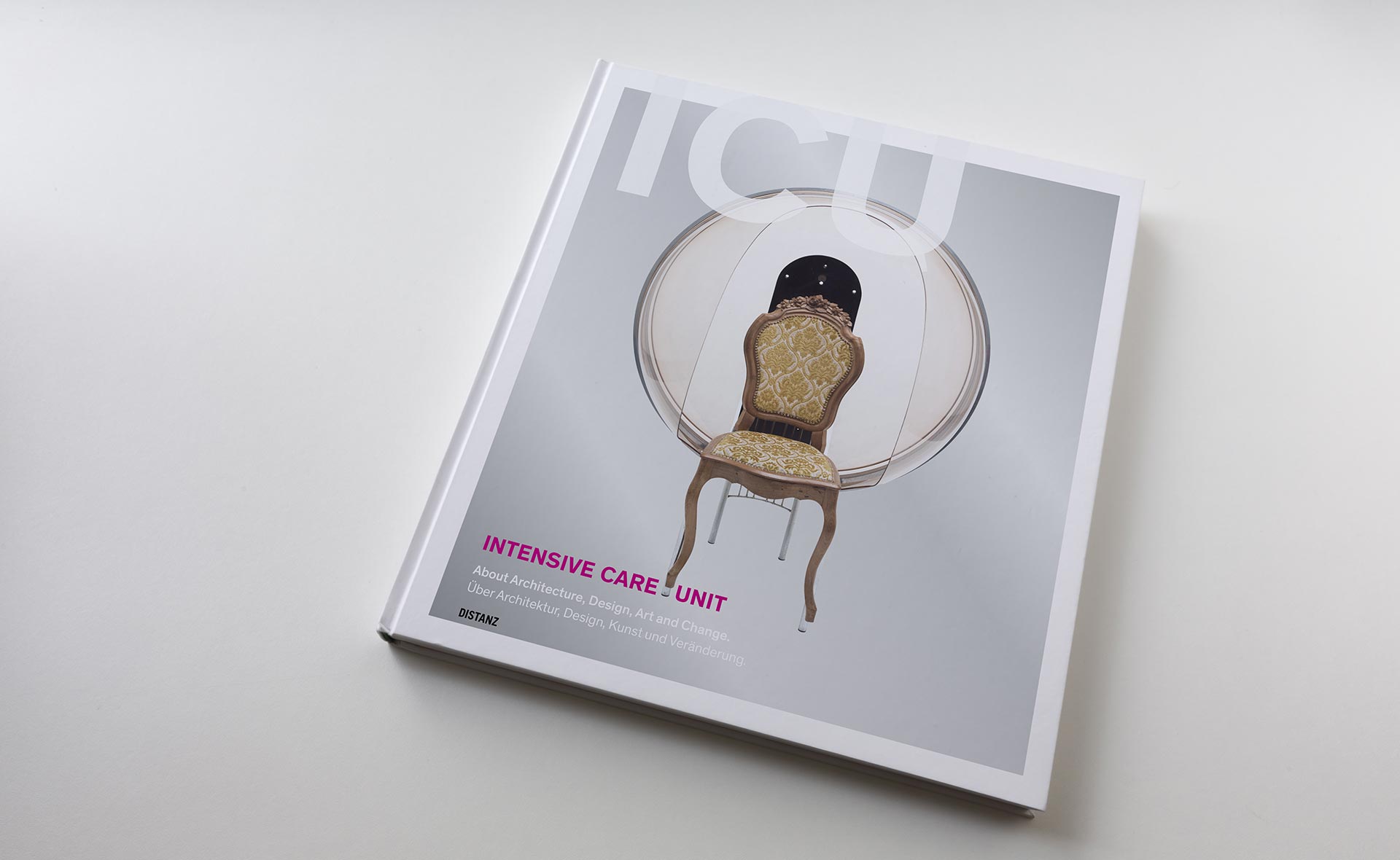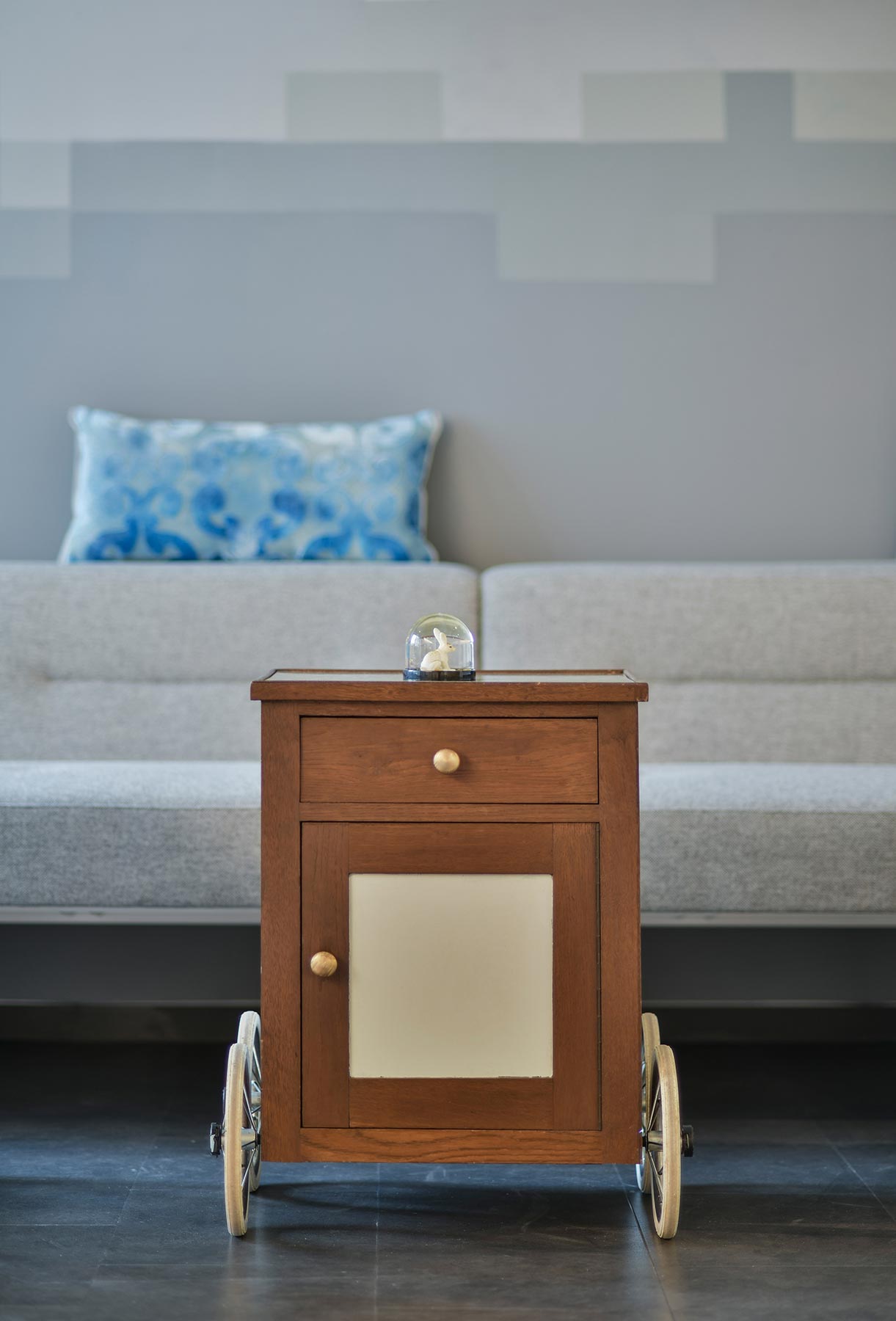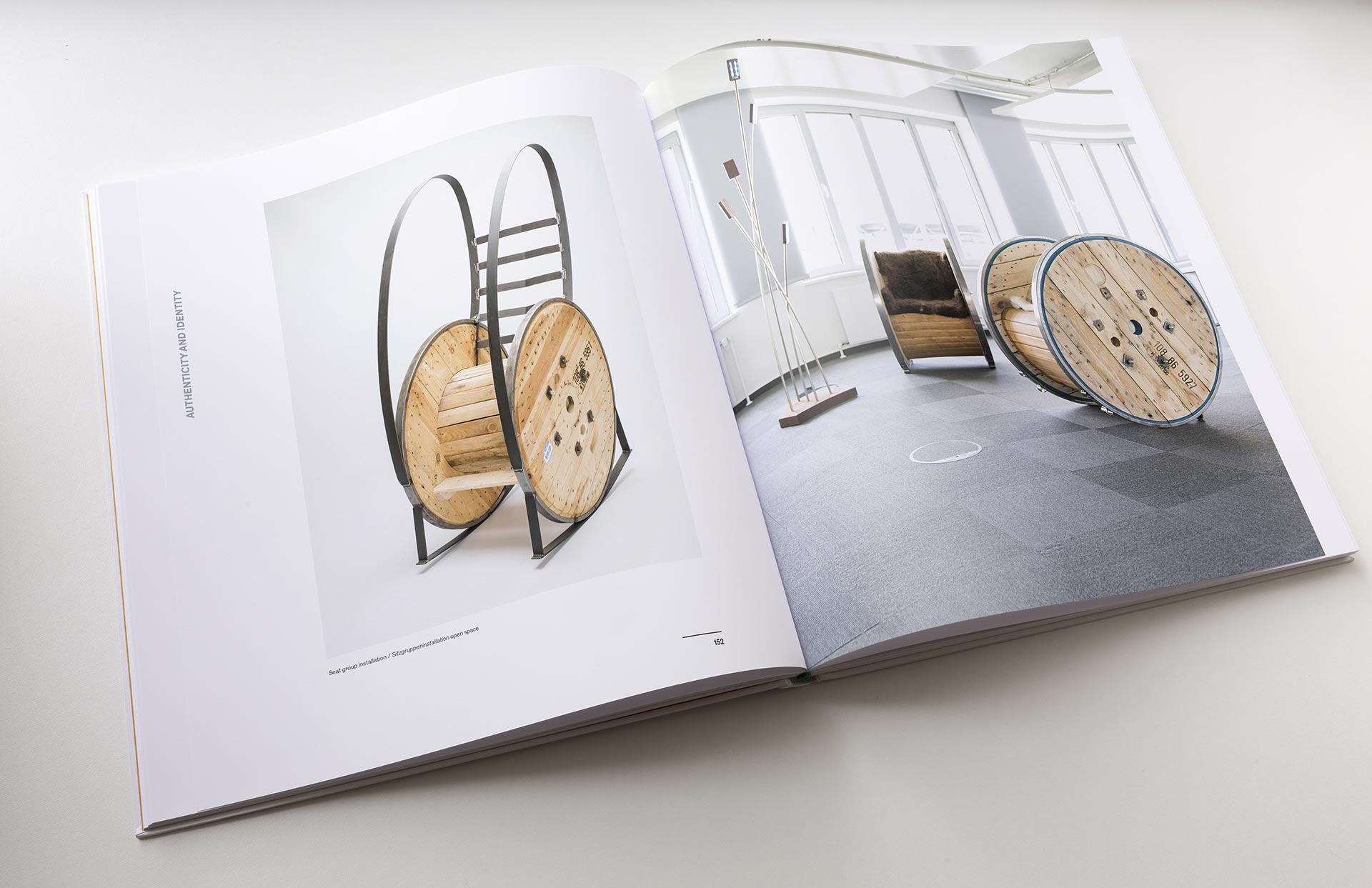ICU – Illustration About the Top 20 Creative Works of the Last Year.

We are very proud that our work for Deutsche Telekom, which has already been honored by ADC as one of the best works of the last year, is now available in book form for a larger public. The renowned Berlin publisher DISTANZ has produced a high-quality hardcover book, and will distribute this 194-page visually stunning work in Design bookshops or directly HERE.
From the publishing house:
Space is a valuable resource in the working world with vast unrecognized and untapped potential. Deutsche Telekom AG, working with the communications agency Orange Council, has demonstrated that there is a different way. Within just a few months, its administrative headquarters in Bonn received a complete makeover. This book presents documentation of the project’s implementation around the key concepts of sustainability, disruption, and innovation. The title combines an allusion to an intensive care unit with the words “I see you.” The publication also proposes a fundamental reassessment of so-called administrative workspaces in the context of real estate markets, operational production flows, employee motivation, and corporate identity. As the images illustrate, the objects and installations as well as the architecture as a whole have a power to inspire broad audiences that is independent of specific corporate philosophies.
With essays by Nils Büttner and Bernhard Zünkeler as well as a conversation between the architect Dagmar Ecken and the artist Amely Spötzl.
Preface by Berhard Zünkeler
Intensive Care Unit

ICU. I see you: Intensive Care Unit. Two levels of meaning in the working title of this book were chosen to focus on the general relevance of the Refresh FEA project. Working space has been “administered” in a rather functionalist manner, as a cost factor or a hazardous place. Only in the past few years has the realization that an important element of corporate culture, beyond prestigious foyers or executive suites, increasingly asserted
itself. In everyone’s life there is no space in which one spends more time than in the workplace. Something like the spirit of
the company “condenses” here. You may conduct hundreds of
management seminars on the subject of transparent decision- making and underpin them with executive memos. The question, however, is whether this course of action ever shows as much effect as something as simple as taking office doors off their hinges during the night.

This may seem esoteric, but it is accompanied by a circumstance noted everywhere as a hard fact. For some time now, working at computer screens, and the ceaselessly advancing mobilization of information and communication technology, has been causing a radical change. And this is resulting in equally radical work management requirements. At present a
multifunctional, adjustable desk and swivel chair along with a networked phone and computer in a spacious office are enough for efficient work. But the requirements of agile corporate organization, which an efficient company must meet in order to achieve innovative output of individual members of staff, steadily increase. Workplace or VDU ordinances, just like statutory
accident regulations, offer little stimulation in this regard. As so often in our computer age, new ideas rather tend to come from sunny California. It was recognized there that mental and physical agility depend on each other and require profound care. In this sense, the workplace and working environment must be led like a kind of intensive care unit. Creating a new working culture through “intensive care” is becoming an important tool for the creation of a corporate culture, true to the motto “spaces are interfaces!” Such interfaces connect analogue and virtual reality in a unique manner und simultaneously join individual and collective elements of a co-working, knowledge-based society. Four particularly important factors of the design approach at Refresh FEA are dealt with in detail below: innovation and disruption, identity and authenticity.
